Home>Articles>What Are The Four Hand Tools Specific To Carpentry
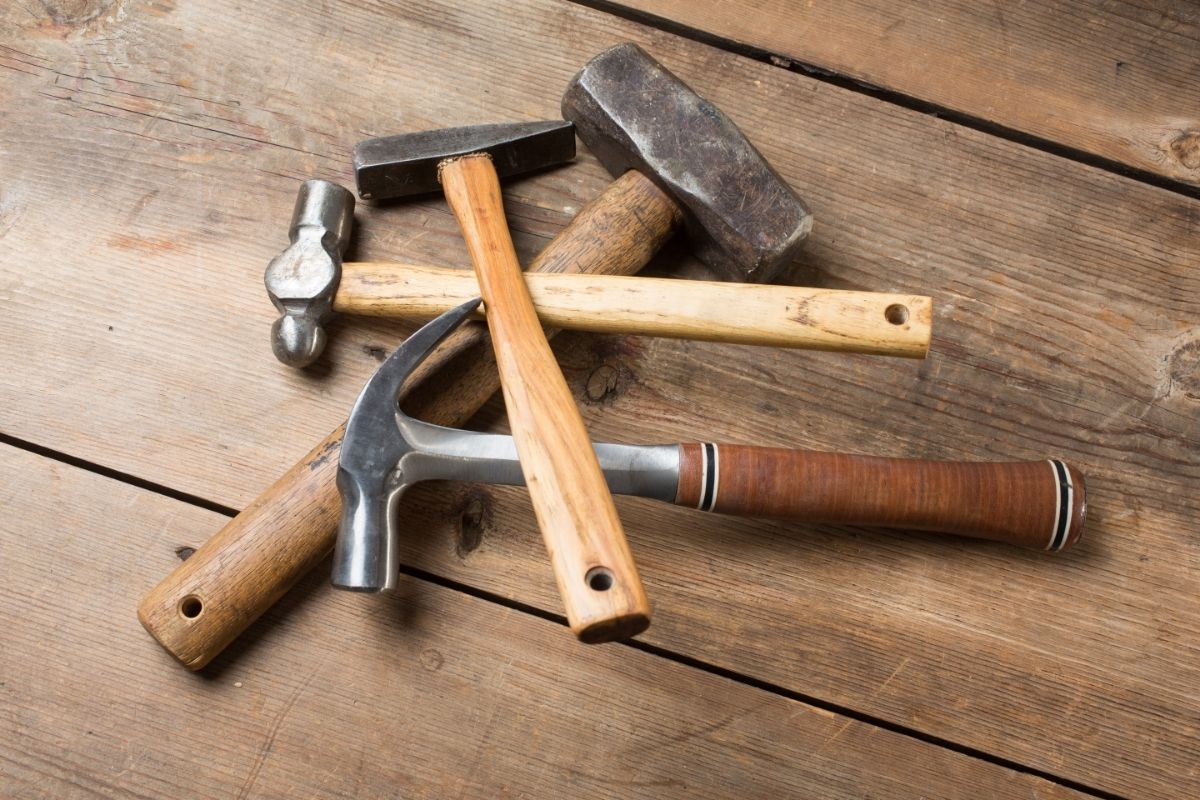

Articles
What Are The Four Hand Tools Specific To Carpentry
Modified: January 6, 2024
Discover the essential hand tools used in carpentry, including articles focusing on the benefits and uses of four specific tools. Gain insights into improving your carpentry skills today!
(Many of the links in this article redirect to a specific reviewed product. Your purchase of these products through affiliate links helps to generate commission for Storables.com, at no extra cost. Learn more)
Introduction
When it comes to carpentry, having the right tools is essential. While power tools have become popular in recent years, hand tools still play a crucial role in the carpenter’s toolbox. These tools are not only versatile and reliable but also offer a level of precision that is often unmatched. Whether you are a professional carpenter or a DIY enthusiast, having a set of hand tools specific to carpentry is a must.
In this article, we will explore four hand tools that are essential for any carpentry project. From driving nails to cutting precise angles, these tools will help you achieve professional results while adding a touch of finesse to your craftsmanship. So, without further ado, let’s dive into the world of hand tools in carpentry.
Key Takeaways:
- Embrace the timeless appeal of hand tools in carpentry, from the iconic claw hammer to the versatile chisel, and elevate your projects with precision, control, and a touch of craftsmanship.
- Invest in essential hand tools specific to carpentry, such as the reliable carpenter’s square and classic hand saw, to achieve professional results and connect with the rich history of the trade.
Hand Tools in Carpentry
Hand tools have been used in carpentry for centuries, and they continue to be an integral part of the trade. While power tools offer efficiency and speed, hand tools provide a level of control and precision that is necessary for certain tasks. They allow carpenters to finesse their work and make adjustments on the fly without relying on electricity or batteries.
Hand tools in carpentry come in various shapes and sizes, each serving a specific purpose. They are designed to perform tasks such as measuring, cutting, shaping, and joining materials. These tools are compact, easy to carry, and require minimal maintenance, making them ideal for both professional carpenters and DIYers.
Some carpenters argue that one can’t truly master the art of carpentry without being proficient in the use of hand tools. These tools require skill, precision, and patience to yield the desired results. They are the backbone of carpentry and are often passed down from one generation to another.
While the world of carpentry offers a wide range of hand tools, let’s explore four specific tools that are widely used and indispensable for any carpentry project.
Claw Hammer
A claw hammer is perhaps the most iconic and essential tool in any carpenter’s arsenal. With its distinctive dual-purpose head, it is designed for both driving nails into materials and removing them when necessary. The head of a claw hammer typically consists of a flat striking surface on one side and a curved claw on the other.
When using a claw hammer, the flat side is used to strike the head of a nail, driving it into the desired material. The curved claw, on the other hand, is used to grip the nail and leverage it out when needed. This dual functionality makes the claw hammer a versatile tool for carpentry tasks such as framing, installing trim, or construction projects.
Claw hammers come in various sizes, with the most common being 16-ounce and 20-ounce options. The weight of the hammer affects the force applied to the nail, and the choice depends on personal preference and the task at hand.
When selecting a claw hammer, it is important to consider the handle material. Hickory and fiberglass handles are popular choices due to their durability and shock-absorbing properties. A comfortable grip is also crucial to minimize strain and fatigue during prolonged use.
Proper usage of a claw hammer involves holding it near the end of the handle, allowing for maximum control and accuracy. When driving a nail, position the hammer at a slight angle and strike the nail firmly but with controlled force. To remove a nail, position the curved claw under the nail head and apply leverage by pulling the hammer handle towards you.
A claw hammer is not only a reliable tool for carpenters but also a symbol of craftsmanship. Its versatility and timeless design make it a must-have for anyone embarking on a carpentry project.
Chisel
A chisel is a hand tool that has been used in carpentry for centuries. It is a sharp-edged tool with a beveled cutting edge, typically made of steel, that is attached to a handle. Chisels are primarily used for cutting and shaping wood, making them indispensable for tasks such as carving, gouging, and creating intricate details.
Chisels come in various shapes and sizes, each designed for specific purposes. The most common types of chisels used in carpentry include bench chisels, mortise chisels, and carving chisels. Bench chisels are versatile and suitable for a wide range of tasks, while mortise chisels are specifically designed for creating square or rectangular holes. Carving chisels, as the name suggests, are used for intricate carving work.
Using a chisel requires precision and control. It is important to keep the cutting edge sharp to ensure clean and accurate cuts. Sharpening a chisel involves the use of a sharpening stone or honing guide to maintain the proper bevel angle. Proper techniques such as holding the chisel with a firm grip and using controlled strikes with a mallet or hammer are key to achieving the desired results.
Chisels are not only essential for woodworking but also for tasks like cabinetry and joinery. They allow carpenters to shape and refine materials with precision, creating smooth edges, grooves, and intricate designs. Whether you are creating mortise and tenon joints or carving intricate patterns, a chisel is a tool that every carpenter should have in their toolkit.
When choosing a chisel, consider the quality of the steel, the handle material, and the ergonomics of the grip. High-quality steel ensures the longevity and sharpness of the cutting edge, while a comfortable grip reduces fatigue during prolonged use.
While power tools have gained popularity in modern carpentry, the timeless art of using a chisel showcases a carpenter’s skill and craftsmanship. The ability to shape and sculpt wood with a simple hand tool is a testament to the artistry and dedication that goes into the carpentry trade.
A useful tip for carpentry hand tools is to invest in a quality set of chisels, a combination square, a hand saw, and a block plane. These tools are essential for precise and efficient carpentry work.
Carpenter’s Square
A carpenter’s square, also known as a framing square or a steel square, is a versatile tool that is essential for carpentry and woodworking projects. It is a large, L-shaped measuring tool made of metal, typically steel, and consists of two arms at a 90-degree angle.
The primary purpose of a carpenter’s square is to ensure accuracy and squareness in construction and layout work. It is commonly used for tasks such as marking and measuring right angles, laying out perpendicular lines, and checking the squareness of corners. Carpenters rely on the precision and reliability of the carpenter’s square to ensure that their projects are level, plumb, and square.
One arm of the square, known as the blade, is longer and usually marked with measurement markings, such as inches and centimeters. The other arm, known as the tongue or heel, is shorter and is used as a guide. By placing the square against the material and aligning the blade with the edge, carpenters can accurately mark and measure angles and dimensions.
Carpenter’s squares come in different sizes, ranging from 6 inches to 24 inches. The size you choose depends on the scale of your project and personal preference. Larger squares are typically used for larger construction projects, while smaller squares are suitable for more precise and detailed work.
When using a carpenter’s square, it is important to ensure that it is properly aligned and square with the material. This can be achieved by holding the square firmly against the material and checking for gaps or inconsistencies. If adjustments need to be made, a carpenter may use a mallet or hammer to tap the square into the desired position.
With its ability to provide precise measurements and ensure squareness, a carpenter’s square is an indispensable tool for any carpentry project. Whether you are framing a structure, building furniture, or working on intricate woodwork, a carpenter’s square will help you achieve accuracy and precision in your work.
When purchasing a carpenter’s square, look for one that is made of durable steel, has clear and easy-to-read markings, and has a solid construction to withstand the demands of carpentry work. By having a reliable carpenter’s square in your toolbox, you can ensure the quality and precision of your carpentry projects.
Read more: What Is A Hand Tool
Hand Saw
A hand saw is a classic and versatile tool that is essential for carpentry projects. It is a manual cutting tool consisting of a long, toothed blade and a handle, designed for cutting through various materials such as wood, plastic, and metal. Hand saws come in different types, each specifically designed for specific cutting tasks.
The most common type of hand saw used in carpentry is the crosscut saw. It has a wide tooth pattern and is designed to cut across the grain of the wood. Crosscut saws make clean, smooth cuts and are ideal for tasks such as cutting boards to length, trimming door frames, or making precise angled cuts.
Another popular type of hand saw is the rip saw. It has a narrower tooth pattern and is used for cutting along the grain of the wood. Rip saws are commonly used for tasks such as rough cutting lumber, shaping and resizing timber beams, or creating notches and grooves.
When using a hand saw, it is important to have a firm grip on the handle and apply consistent pressure throughout the cutting stroke. Starting with small, controlled strokes, gradually build up your cutting speed to maintain accuracy and prevent the saw from binding. It is also crucial to choose a saw with the appropriate teeth per inch (TPI) for the material you are cutting. More TPI means finer teeth, better for cutting delicate materials, while fewer TPI means coarser teeth, more suitable for cutting through thicker and tougher materials.
Hand saws offer several advantages over power saws. They are portable, require no electricity or batteries, and are relatively quiet in operation. This makes them an excellent choice for jobsite or outdoor projects where power may not be readily available or where noise levels need to be minimized.
When selecting a hand saw, look for one with a comfortable handle that offers a secure grip. Consider the length of the blade, the type and quality of the teeth, and the overall build quality of the saw. A high-quality hand saw will provide smooth, accurate cuts and is a reliable tool for any carpentry project.
Whether you are a professional carpenter or a DIY enthusiast, a hand saw is an indispensable tool that allows you to make precise and controlled cuts. With its versatility and simplicity, a hand saw should be part of every carpenter’s toolbox.
Conclusion
Hand tools have a timeless appeal in the world of carpentry, offering precision, control, and a connection to the craftsmanship of the past. While power tools have their place in modern carpentry, the use of hand tools brings artistry, finesse, and a personal touch to any project. In this article, we explored four hand tools specific to carpentry that are essential for any carpentry project. From the versatile claw hammer to the intricate chisel, the reliable carpenter’s square to the classic hand saw, each tool plays a unique role in achieving professional results.
The claw hammer, with its dual functionality of driving nails and removing them, is a must-have tool for any carpenter. Its iconic design and versatility make it an essential tool in any toolbox. The chisel, with its sharp cutting edge, allows carpenters to shape and sculpt wood with precision, adding intricate details and refined finishes to their work. The carpenter’s square ensures accuracy and squareness in construction and layout tasks, providing a solid foundation for any project. Lastly, the hand saw offers portability, flexibility, and a quieter alternative to power saws, allowing carpenters to make precise cuts in various materials without the need for electricity.
While technology continues to advance, the beauty of hand tools lies in their simplicity and reliance on craftsmanship. These tools require skill, practice, and patience to master, but they offer a level of control and precision that is often unmatched by their power counterparts. Incorporating hand tools in carpentry not only produces exceptional results but also connects carpenters to the rich history and artistry of their trade.
Whether you are a professional carpenter or an aspiring DIYer, investing in a set of hand tools specific to carpentry is a wise decision. By harnessing the power of these time-tested tools, you can elevate your carpentry projects to new heights of quality, precision, and craftsmanship.
So, embrace the art of carpentry, and let these hand tools be your trusted companions on your journey to creating beautiful and functional pieces of woodworking art.
Frequently Asked Questions about What Are The Four Hand Tools Specific To Carpentry
Was this page helpful?
At Storables.com, we guarantee accurate and reliable information. Our content, validated by Expert Board Contributors, is crafted following stringent Editorial Policies. We're committed to providing you with well-researched, expert-backed insights for all your informational needs.

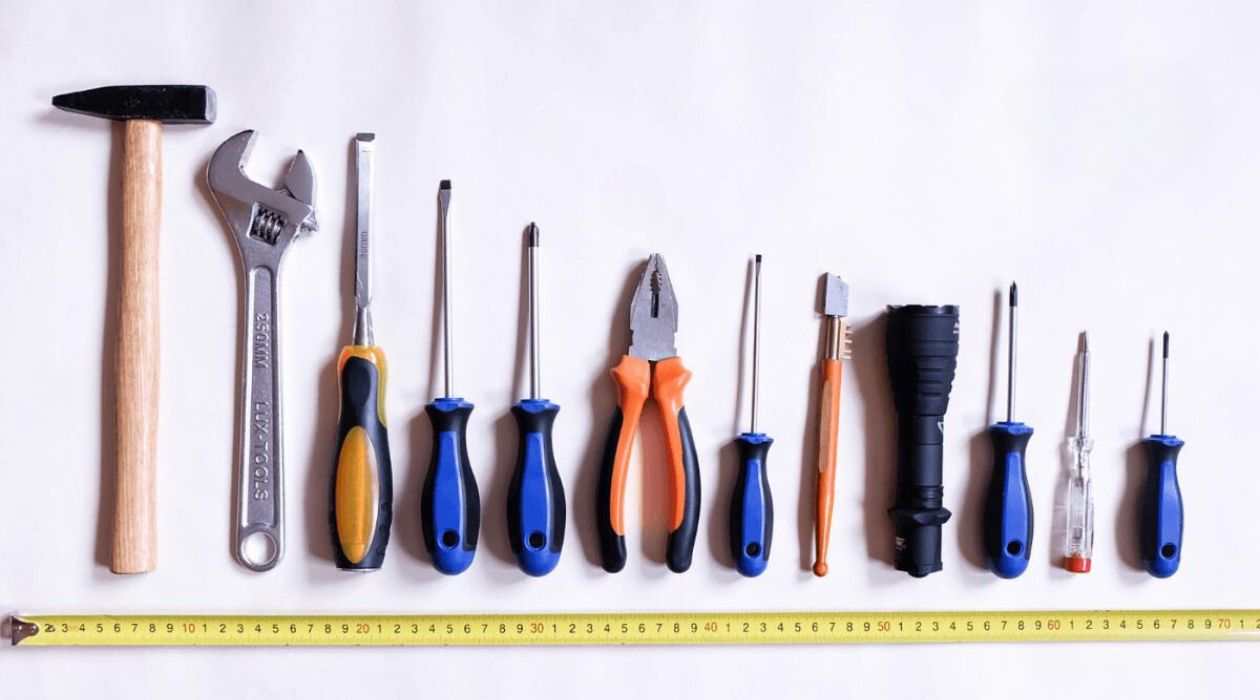
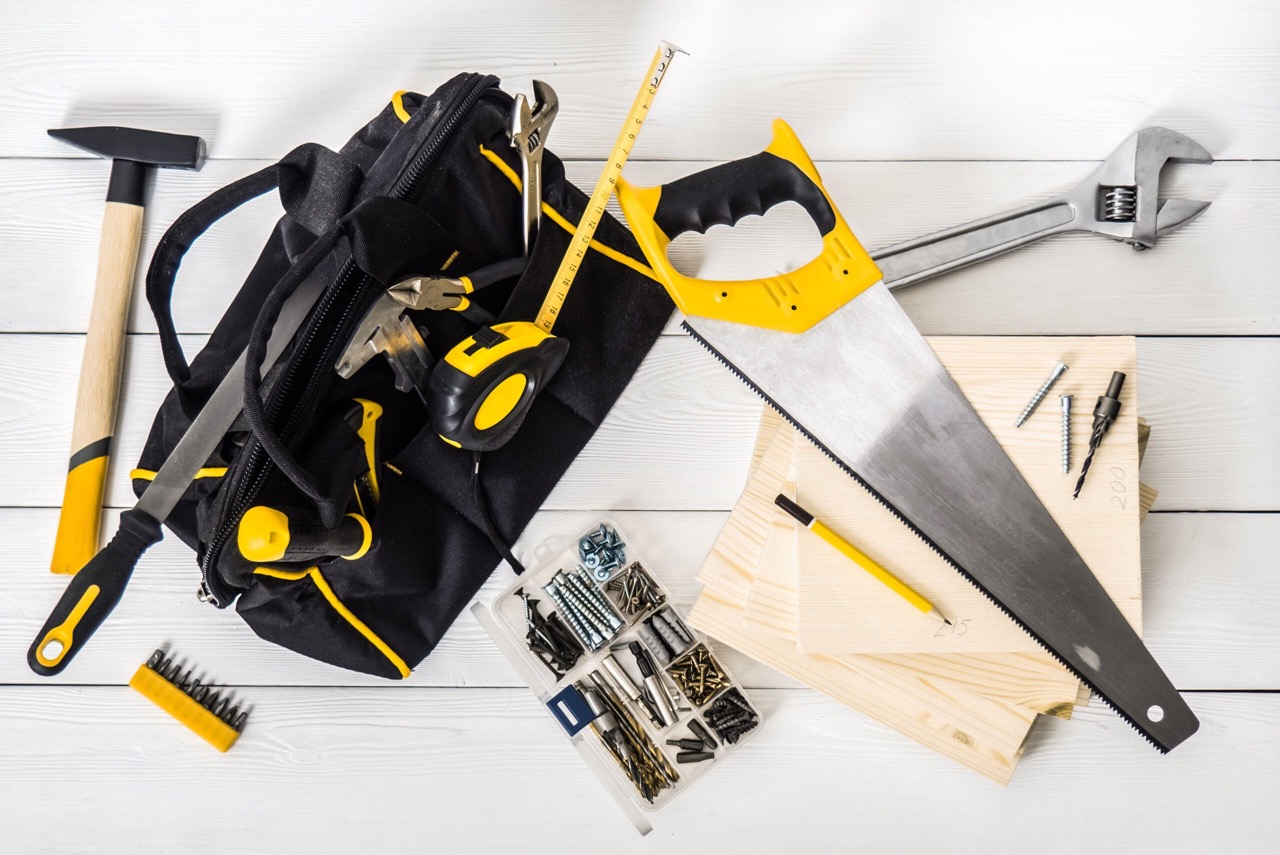
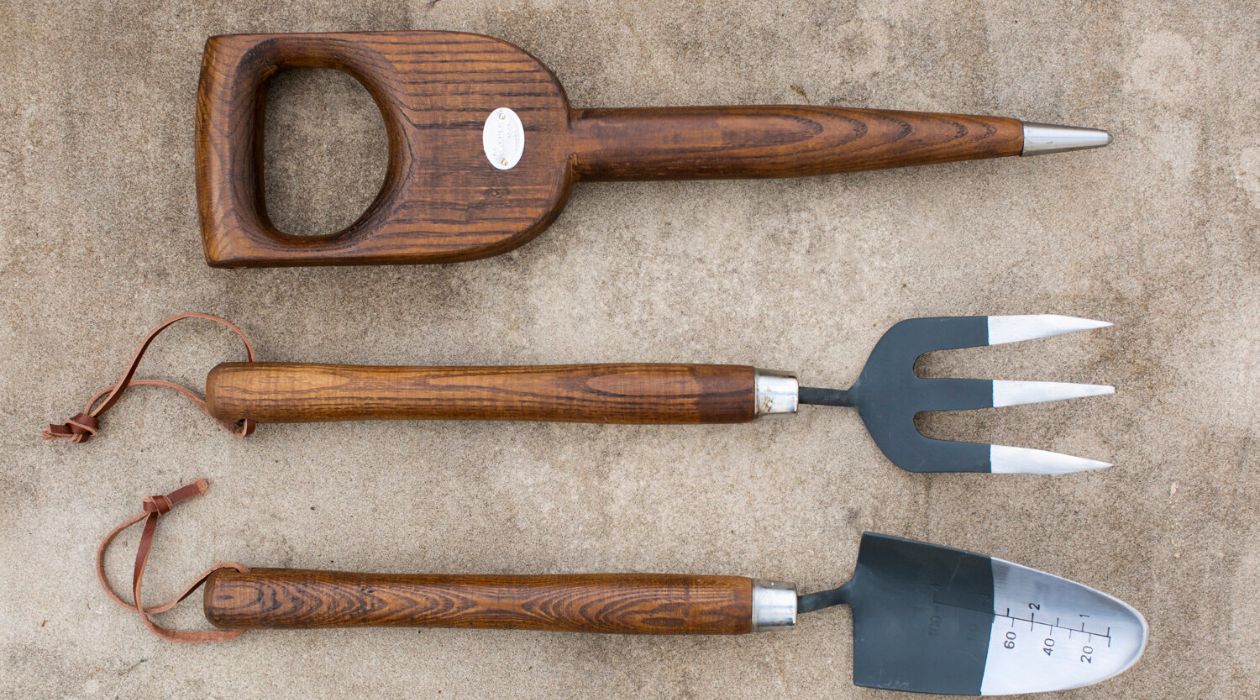

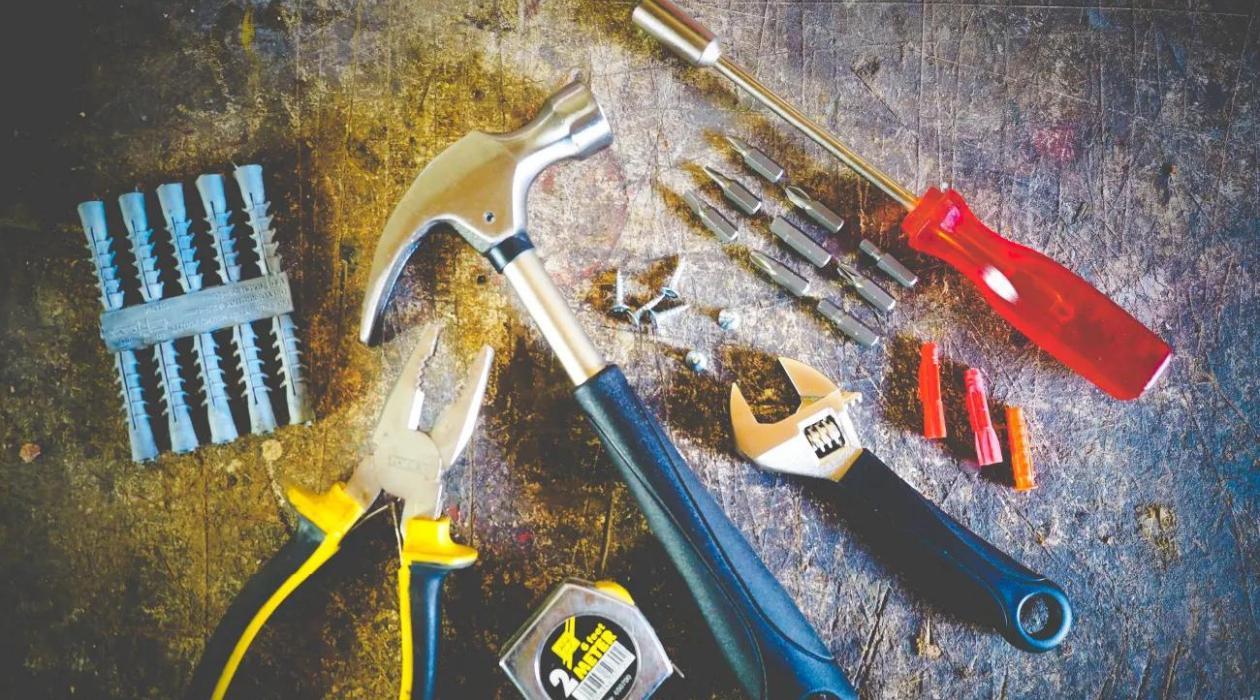
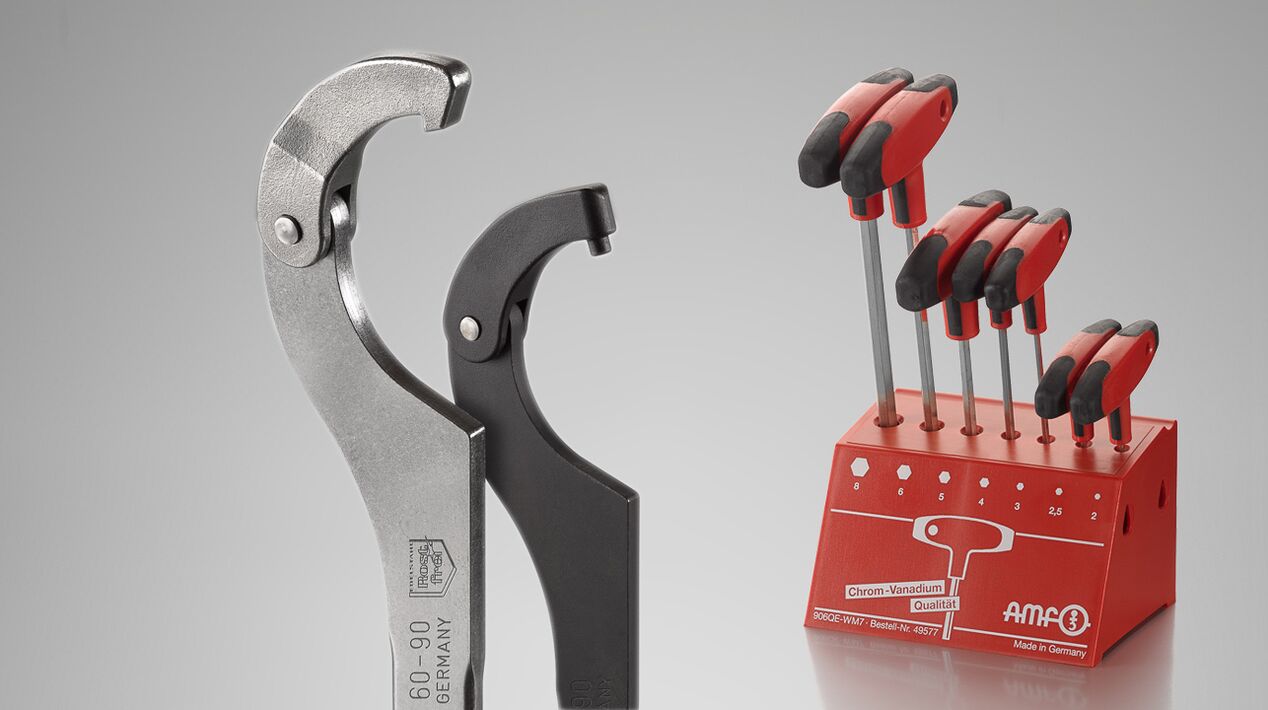
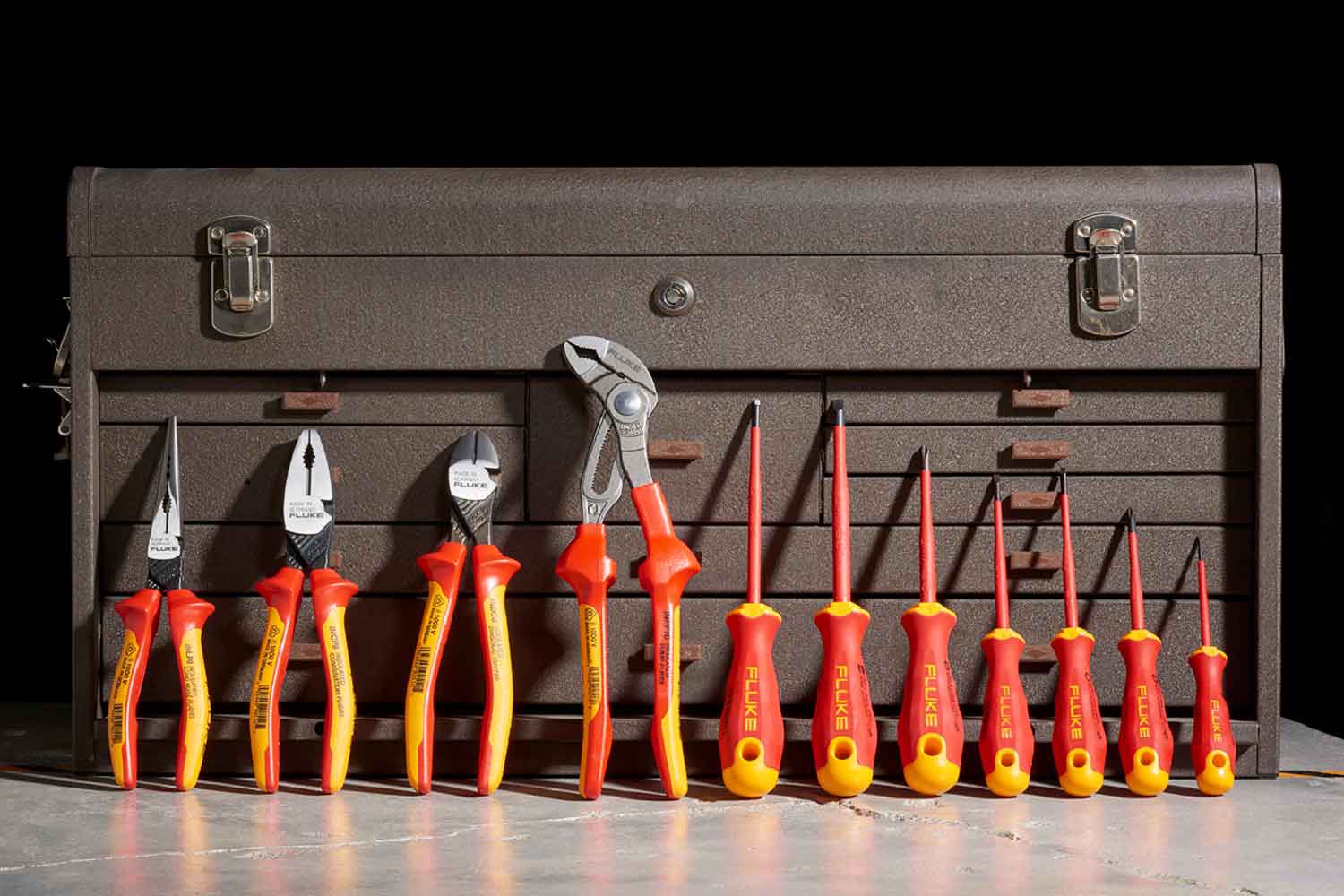
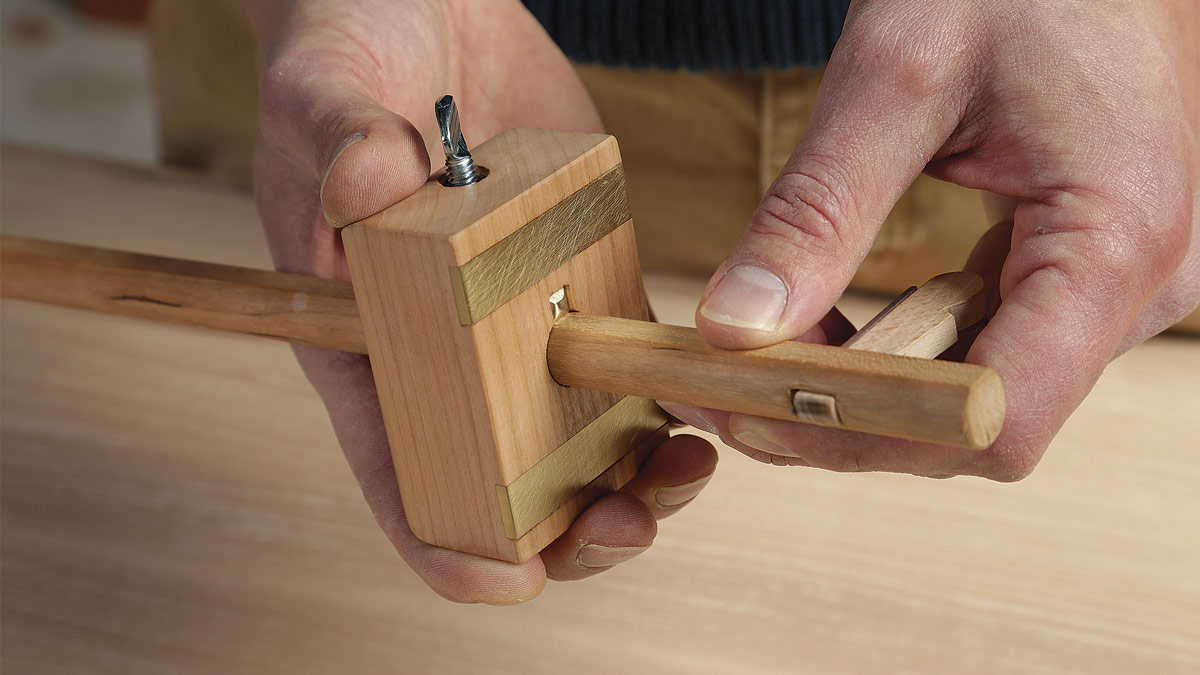
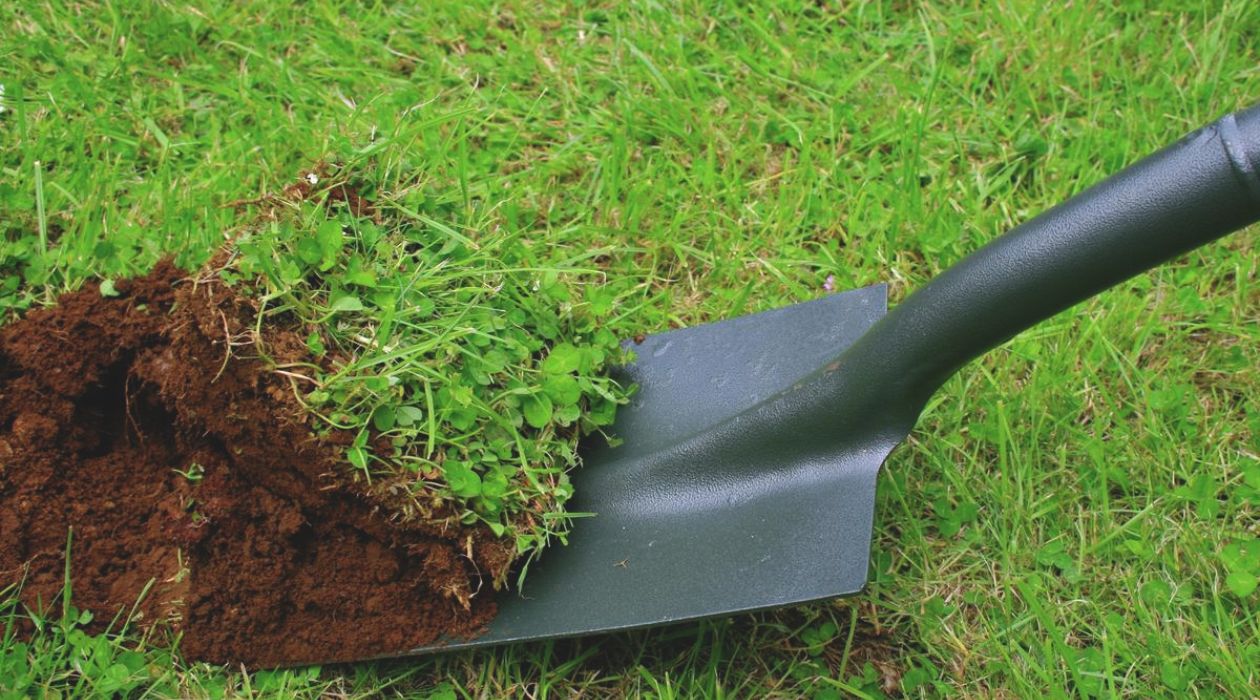
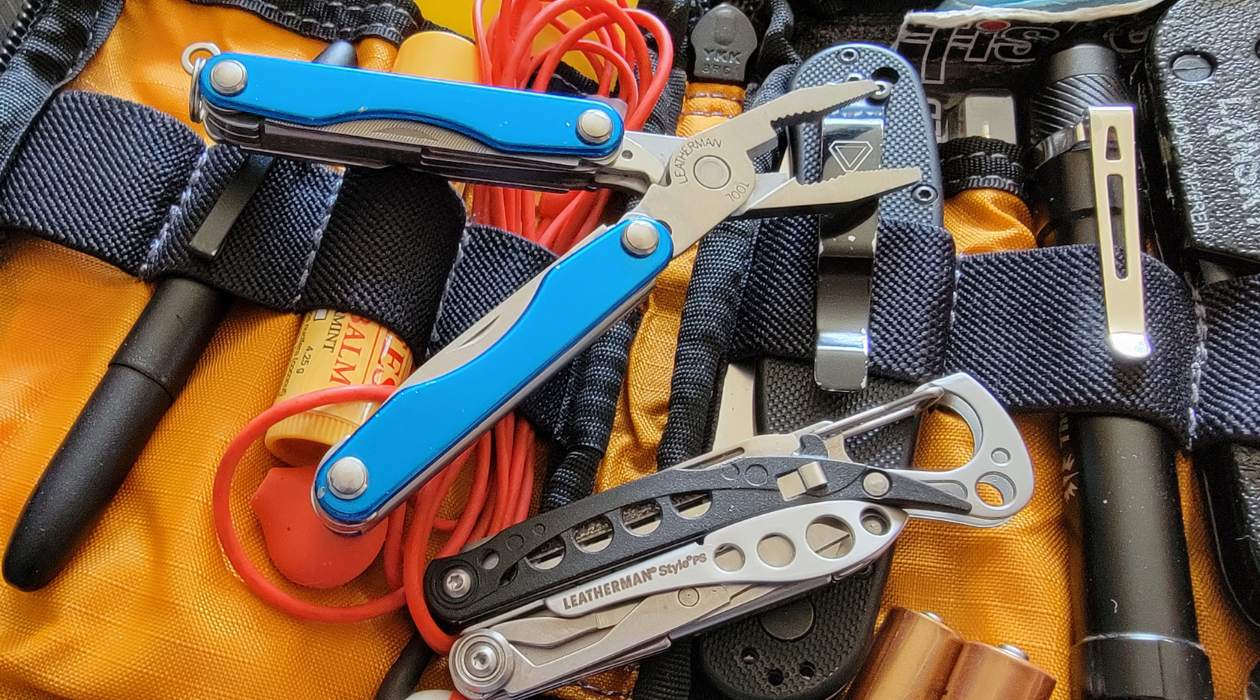
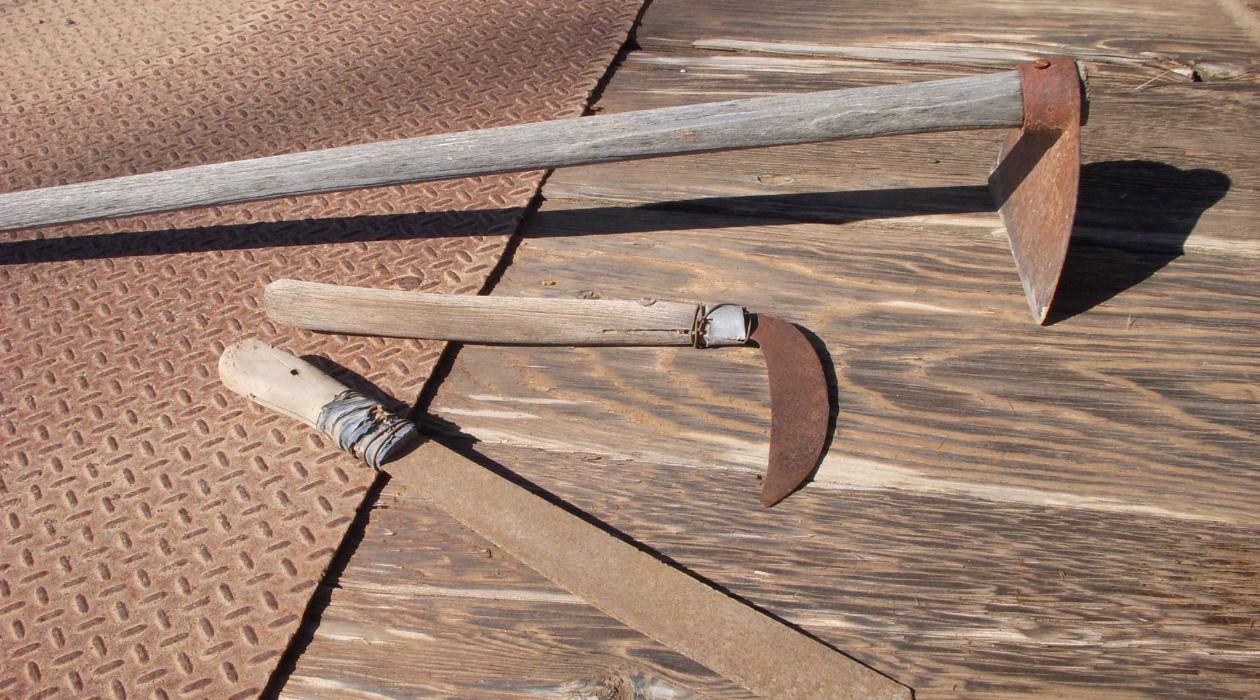
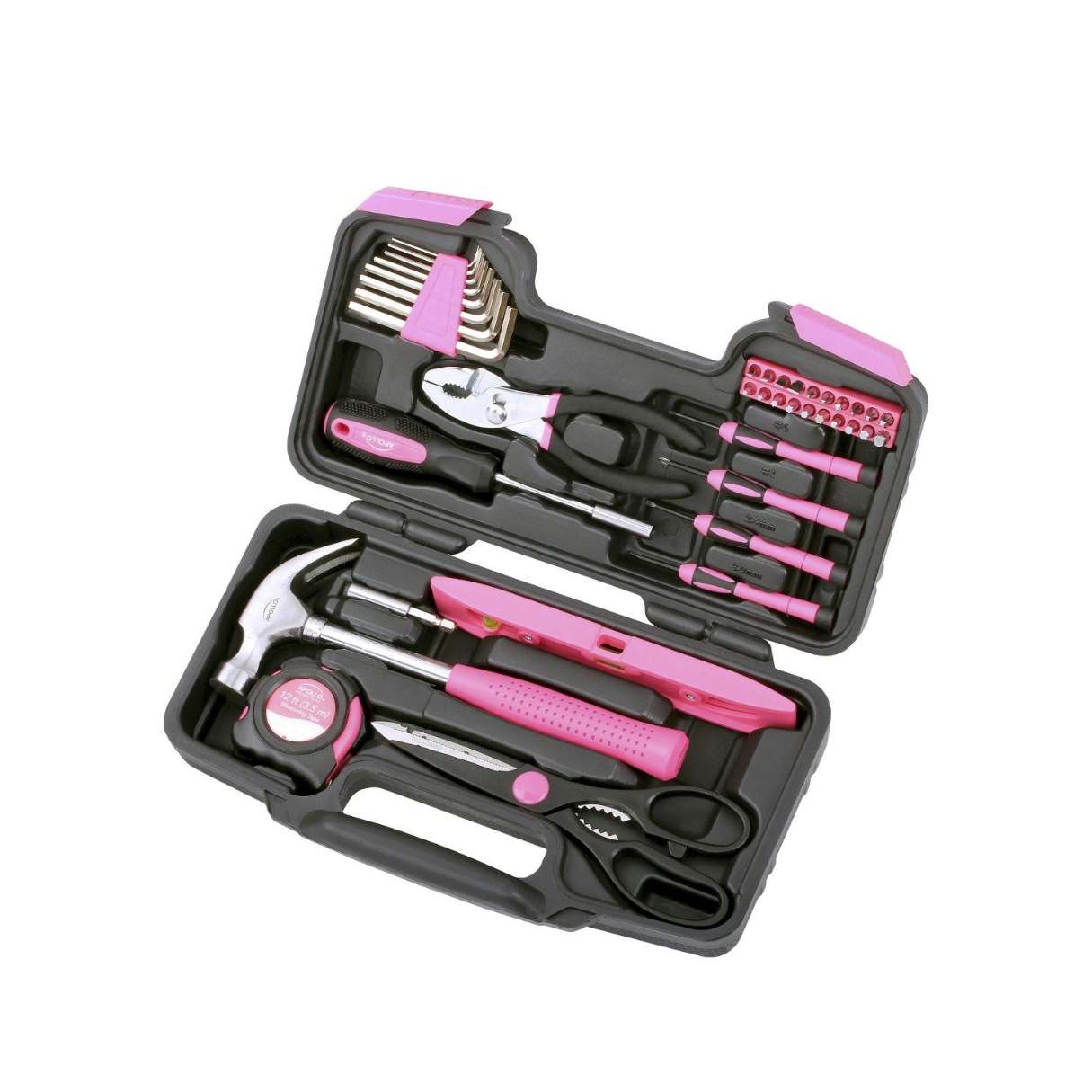
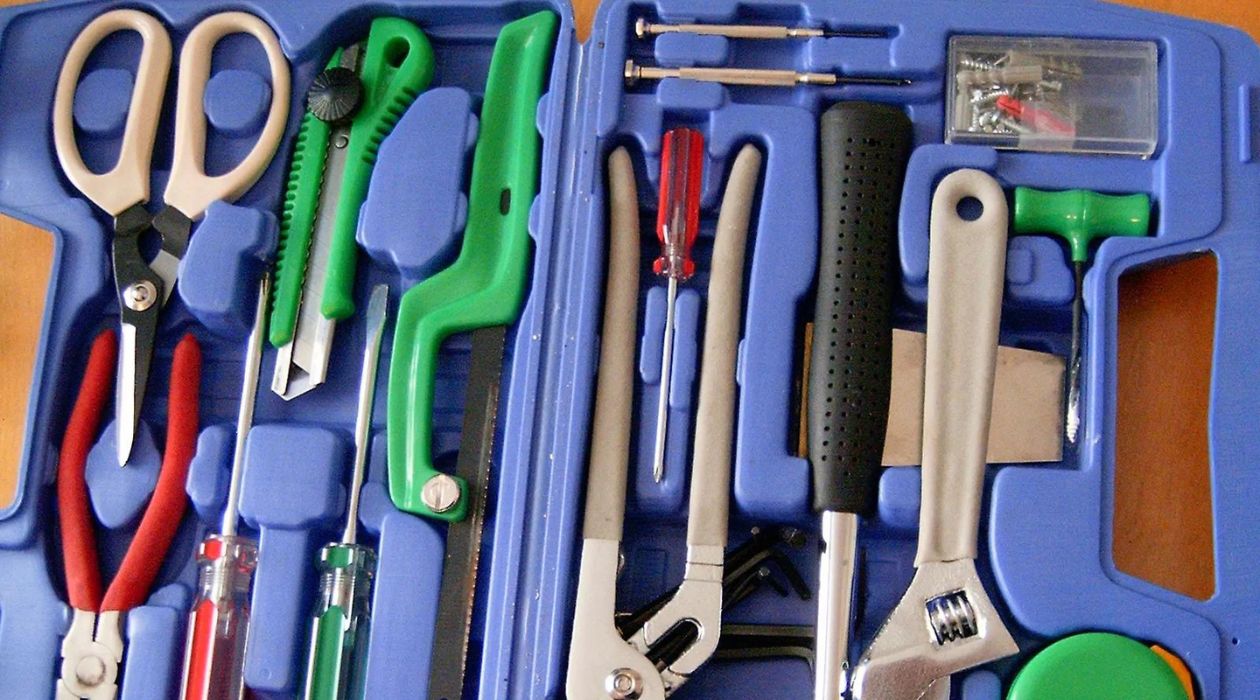

0 thoughts on “What Are The Four Hand Tools Specific To Carpentry”